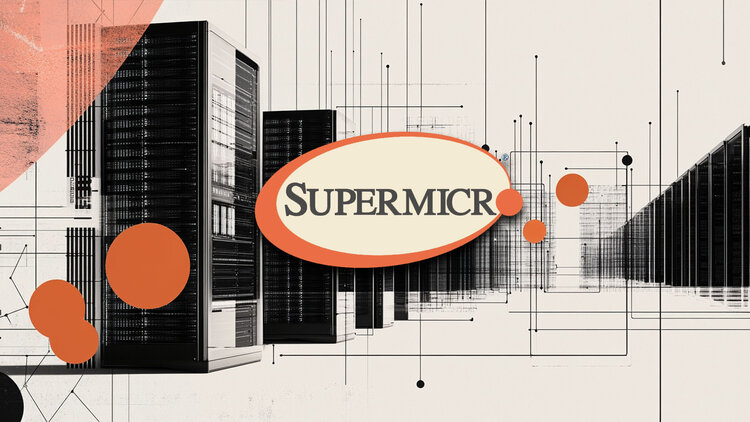
China’s return from Golden Week felt less like a market reopening and more like a geopolitical reawakening. A-shares stumbled straight out of the gate — the Shanghai Composite down roughly 1%, Shenzhen nearly 2% — as traders digested the unmistakable message from Beijing: the country’s technology and resource policy is now openly wielded as leverage, not diplomacy.
The new export controls on batteries are no minor paperwork shuffle. They’re the latest turn of the wrench in China’s tightening grip on the energy transition’s supply arteries. Beginning November 8, exports of lithium-ion batteries — along with critical cathode and graphite anode materials — will require government approval. Think of it as Beijing installing a valve in the world’s clean-energy bloodstream. Every shipment of battery-grade material now passes through a bureaucratic tollgate, one that can close without notice if Washington’s tone sours.
It’s a move equal parts strategic and preemptive. China already dominates the battery food chain — from lithium refining to cell assembly — and the new regime ensures that dominance remains under Beijing’s command, not market whim. As one might put it: the dragon is not just breathing fire anymore; it’s learning to control the oxygen.
The second shoe dropped in the silicon trenches. Customs teams have been reportedly deployed at major ports to enforce stricter chip import inspections, effectively tightening the chokehold on Nvidia’s China-specific AI processors. What began as an attempt to block H20 and RTX Pro 6000D chips has now expanded to include nearly all advanced AI silicon. Beijing’s aim is crystal clear — if you can’t beat Nvidia, starve it.
For domestic AI startups, the message is both a challenge and a calling: innovate or fade. For global investors, it’s a reminder that China’s industrial policy isn’t reactive — it’s retaliatory. Every sanction from Washington now finds its counterpunch somewhere in the Chinese tech stack.
Add to that the fresh tightening on rare earth exports, and the narrative writes itself: Beijing is no longer a price-taker in the global tech arms race — it’s the referee, and it’s rewriting the rulebook mid-game.
Markets, meanwhile, are trying to reconcile power plays with profit margins. The Hang Seng Index, despite today’s wobble, still sits on a spectacular 38% year-to-date gain, outpacing the S&P 500’s 15.9%. On average, global equities are up more than 20%, as if investors collectively decided geopolitics is just background noise to liquidity. But under the hood, positioning tells a more anxious story — every escalation between Washington and Beijing now brings with it the faint smell of melted silicon and scorched battery acid.
All of this unfolds as Trump and Xi prepare for their next face-off — a diplomatic cage match scheduled for later this month on the sidelines of the APEC forum in Gyeongju, South Korea. Both leaders will arrive not with olive branches, but with bargaining chips — quite literally.
For Xi, the new export controls are leverage incarnate — a signal that China can weaponize the green transition just as effectively as Washington weaponizes semiconductors. For Trump, who has already widened sanctions against Chinese firms, it’s a chance to play the “economic security” card back home.
And so the game continues — one side guarding the batteries that power the future, the other trying to corner the chips that teach the machines to think. It’s no longer a trade war; it’s an algorithmic arms race with lithium for gunpowder.
Traders will shrug and mark it as “Asia underperforms,” but this isn’t just a Friday headline — it’s the quiet beginning of a new market regime where technology supply chains are currency, and export permits are the new interest rates.
The world’s two largest economies are no longer arguing over tariffs; they’re negotiating control over time itself — who gets to charge it, and who gets to process it.




